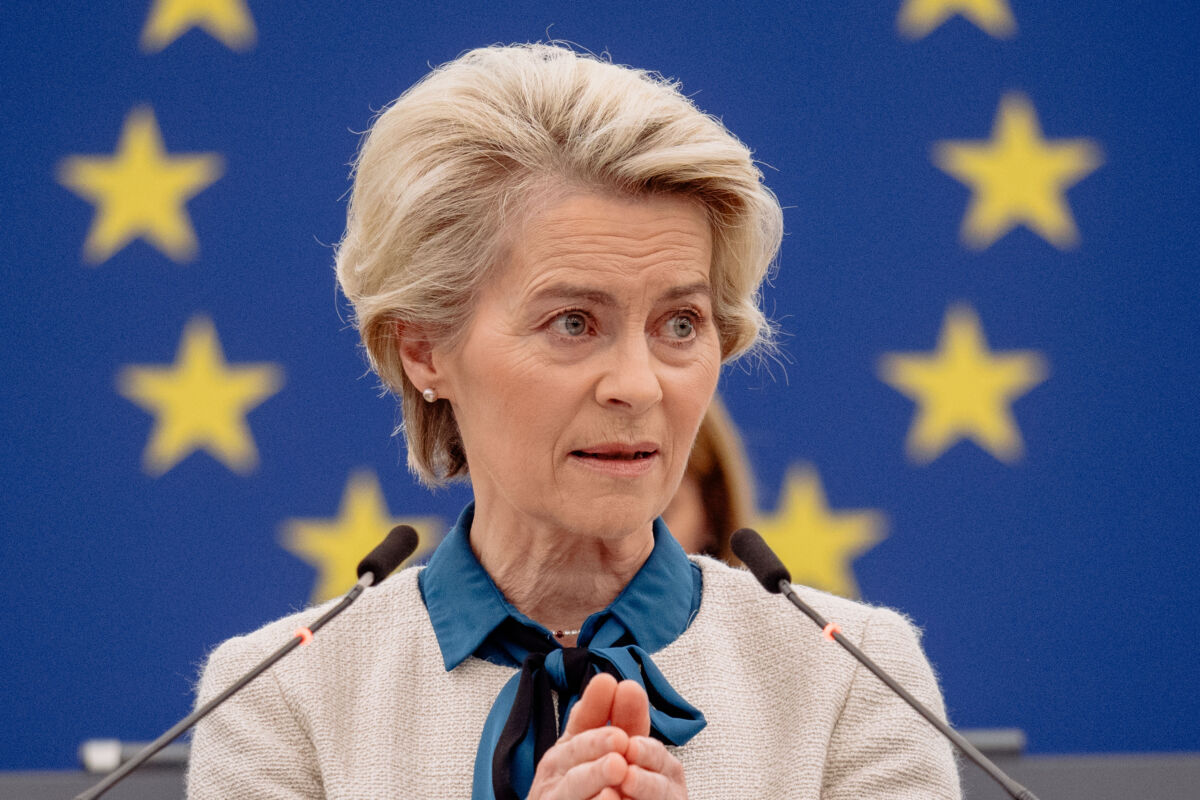As the Comprehensive and Progressive Trans-Pacific Partnership (CPTPP) is a regional trade agreement with high thresholds for market liberalisation on regulatory issues, it came somewhat as a surprise that China formally applied to join the 11 member pact on 16 September 2021.
Aside from the multitude of geopolitical complications looming large in the region, ranging from military to trade, that could dampen the political support China needs to successfully join the agreement, the regulatory hurdles for China to overcome may be just as overwhelming – in no small part due to a number of Chinese ideological standpoints.
The likely economic cost with regard to China’s state-owned enterprises (SOEs) is another important consideration. To be CPTPP-compatible, on top of other regulatory rules on SOEs, China must ditch its practice for ‘non-commercial assistance’ granted to its SOEs, a root cause of market distortion. Chinese SOEs have the advantages of ‘non-commercial assistance’, meaning that solid commercial rationale is often only a secondary concern to them. Arguably, this allows them the flexibility and freedom to champion China’s Belt and Road Initiative.
A matter of trust
Aside from having to toe the line of the CPTPP’s black letter law, accession also requires the unanimous consent of the 11 existing CPTPP members (Article 30.4, CPTPP). As such, the geopolitical tensions in the Indo-Pacific region may not be in China’s favour. Besides, even if some countries may be openly supportive of bringing China into the CPTPP framework (Malaysia and Singapore have already voiced support), trust is an invisible hurdle that China could easily trip over.
For example, a few of China’s stances on data protection are at odds with some specific CPTPP Parties (e.g., Japan) and are also contrary to the CPTPP agreement itself. This is mainly because, to China, data is a commodity owned by the state. Admittedly, China’s Personal Information Protection Law (PIPL) provides tighter personal information protection against processing activities conducted by the state, but then on ‘data handling’ the Chinese state does not seem to differentiate between personal data and other data forms (Article 3, Data Security Law). The resulting clash is that the CPTPP promotes the cross-border free flow of personal information whilst China imposes a data localisation requirement (Articles 31, 37, Cybersecurity Law; Article 38, PIPL ). Source code disclosure is another matter where the CPTPP and China hold competing positions, with the CPTPP opposing the disclosure.
Granted, the CPTPP encourages the development of mechanisms to promote compatibility between the different regimes on personal information protection (Article 14.8, CPTPP). But the underlying foundation for compatibility is trust, and this may be lacking between China and some CPTPP Parties. Therefore, it’s uncertain how the fundamental differences on data protection could be amended when trust is hard to find.
A comparison with CAI
China showed a lot flexibility during the negotiations on the EU-China Comprehensive Agreement on Investment (CAI). With the momentum coming from the CAI negotiations, one may argue that China could have had a head start with the CPTPP negotiations. It seems that a ‘due diligence’ exercise has also been undertaken on the CPTPP by the relevant Chinese ministries, and ‘doable’ may be their conclusion. On certain chapters, such as those on the environment and labour rights, based on the CAI’s provisional text, China’s commitments in that treaty are CPTPP-plus; as is the five-year patent extension for pharmaceutical products after marketing approval, just to give two examples. However, on SOEs, the commitments under CAI are more administrative in nature, whilst under the CPTPP, structural reform of the SOEs’ operational model would be a prerequisite before they would be deemed CPTPP-compliant.
What this all means is that the thresholds for CPTPP negotiations are much higher for China, especially for its SOEs. In the first place, the CAI does not define what a SOE actually is, whilst the CPTPP clearly does (Article 17.1 CPTPP). Add in the detailed transparency requirements and the compliance burden for China is heavy. Consequently, scepticism on China’s ability and willingness to deliver is only reasonable, however the CPTPP might alternatively be welcomed as a source of ‘external pressure’ for furthering reforms. This was the case when China joined the World Trade Organization (WTO) in 2001.
On top of this, the commitments pledged by China under the CAI have not yet been tested for delivery and the country’s record on implementation is mixed at best. Under the CPTPP, China would be subject to its dispute settlement mechanism if it breaches CPTPP rules.
A few sacrifices too many?
It is perhaps the prospect of China willingly forsaking ‘non-commercial assistance’ to its SOEs that results in the most genuine reactions of disbelief. The CPTPP prohibits ‘non-commercial assistance’, provided by its Parties, by their SOEs, and by its Parties to their SOEs, which may cause adverse effects on other Parties (Article 17.6, CPTPP). Such ‘non-commercial assistance’ summarises the modus operandi that China engages in and by some SOEs who only survive on favourable policies and easy financing. This gains them unfair advantages over private enterprises both domestically and overseas, causing, for example, excess capacity and market distortion.
Shedding this practice would result in huge costs, both for the Chinese government and its people. China experienced painful structural reforms in the run up to its WTO accession when the SOEs went through reorganisation, corporatisation and privatisation. During this process, SOE employees were laid off en masse in the millions with meagre social protection to fall back on at the time.
And then questions remain as to the CPTPP chapter on government procurement. To conclude the chapter, China would need to negotiate a schedule of market access with each of the CPTPP Parties in relation to activities (goods, services, works), entities, thresholds and off-sets. This is something it has never done before in any of its previous trade agreements.
Hopefully, China’s bid to join the CPTPP will not end up being just a mere PR campaign for Beijing, given the likely costs resulting from the required reforms to the SOEs and considering all of the geopolitical uncertainties that already haunt the Indo-Pacific region. Whether Chinese negotiations to join the CPTPP would be a game changer for achieving a level playing field, only time will tell – but deeds matter more than words.





































